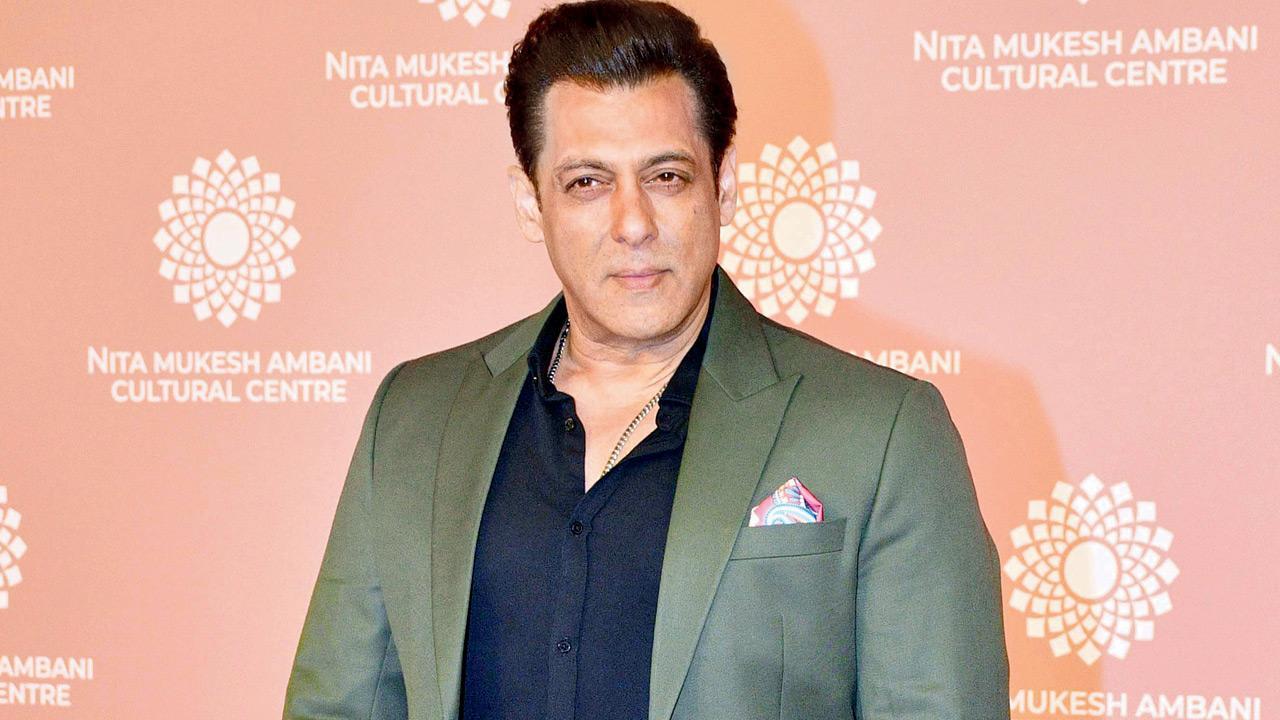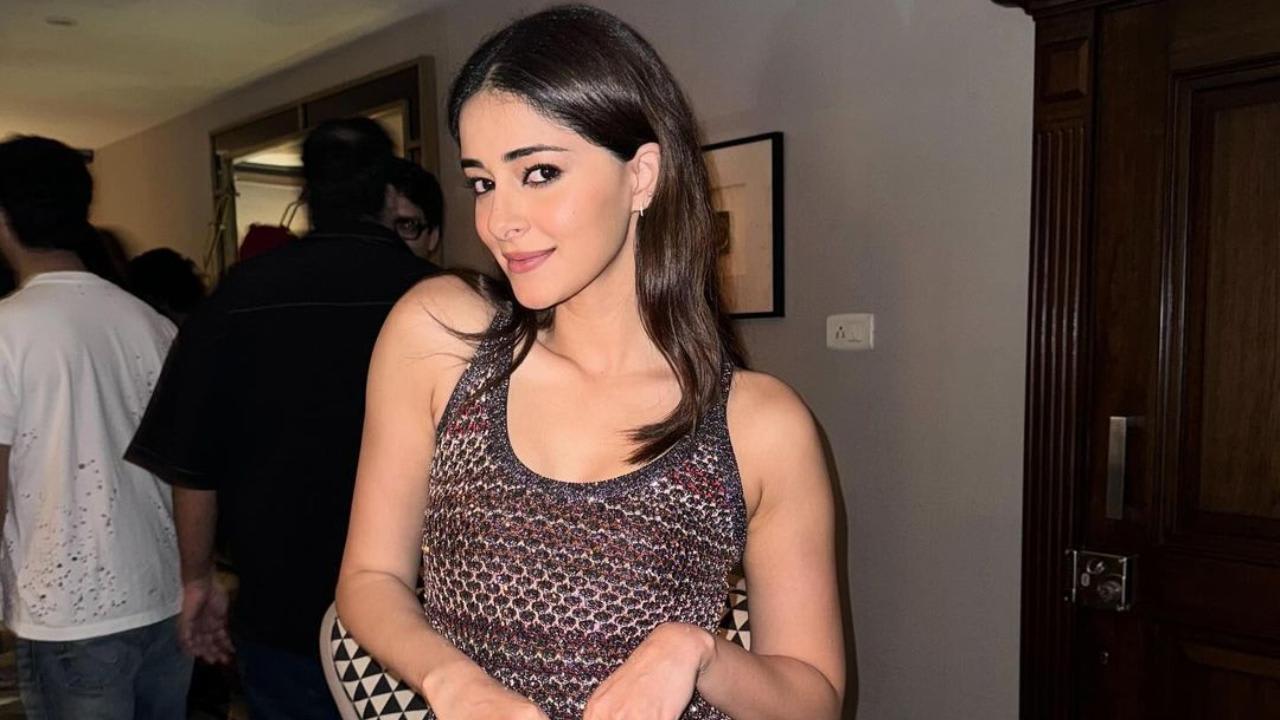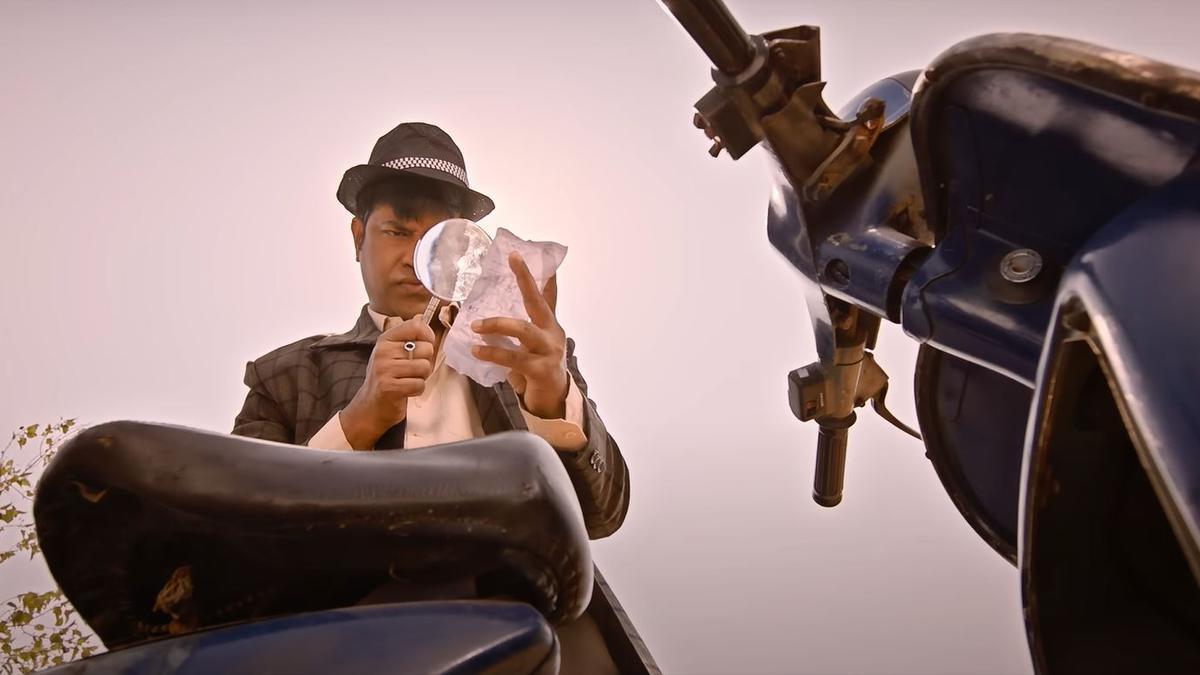
In the realm of espionage and entertainment, the 90s were a time that brought us memorable cinematic moments, one being Tim Roth’s iconic gesture towards Amanda Plummer, addressing her as ‘Honey Bunny’ in the cult classic Pulp Fiction. Fast forward thirty years, the director duo Raj Nidimoru and Krishna D.K., popularly known as Raj & DK, are reimagining the essence of that era with their new Indian spy series, Citadel: Honey Bunny. Set against the backdrop of a Bollywood-obsessed 90s, this series diverges from the typical portrayal of gun-toting rebels seeking diner hold-ups, instead offering a narrative of perilous missions aiming to maintain peace.
Led by Bollywood stars Varun Dhawan and Samantha Ruth Prabhu, Citadel: Honey Bunny serves as both a spin-off and a prequel to the Russo brothers’ American action-espionage series, Citadel. The franchise is designed to interconnect stories across different cultures, with adaptations in nations like Italy, Mexico, and India. However, despite its international ties, Honey Bunny distinctly carries the unmistakable imprint of Raj & DK’s signature storytelling style.
The series unfolds a ludicrously engaging plot: Bollywood stuntman Bunny, portrayed by Varun Dhawan, entangles Honey, an aspiring actress played by Samantha Ruth Prabhu, into a spy operation. Years later, the now estranged couple is thrust back together to safeguard their young daughter Nadia—a character tied into the wider Citadel storyline, eventually played as an adult by Priyanka Chopra Jonas in the main series. In an exclusive conversation with The Hindu, the creatives behind this exhilarating journey shared insights into preserving the inherent ‘Indianness’ of Honey Bunny.
Varun Dhawan revealed, “The iconic leather jackets, denim, and mullets I don in Honey Bunny were carefully curated by Raj & DK alongside our talented costume designer Ameira Punvani. The fashion pays homage to the 90s heydays of Mel Gibson from Lethal Weapon and Sanjay Dutt’s quintessential roles in movies like Taaqatwar. As an aficionado of the late 80s and 90s culture, embodying this role was a thrilling experience.”
Embarking on a 90s-style dirt bike journey in the series, Varun Dhawan immerses himself within the character’s essence, striving to evoke genuine empathy among audiences. “A pivotal scene where I converse with Samantha’s character about Kay Kay Menon’s spymaster persona, Baba, allows for an intense theatrical pause, creating an emotionally charged piece rather than the usual quick-cut sequences,” Varun elaborated, highlighting the series’ balanced blend of dialogue and action.
On her experience, Samantha Ruth Prabhu humorously recounted, “Revisiting some of my earlier works, where my performances were less than stellar, actually shaped preparations for this role. Raj & DK, along with series developer Sita R Menon, mischievously put me through an array of emotions—sadness, anger, and angst.
. While the struggling actress narrative is but a slice of Honey’s journey, those lighter shoots provided respite amidst more demanding action scenes.”
Director Raj Nidimoru illuminated their decision to helm this cross-cultural endeavor. “Throughout our careers, we have been approached to create sequels for popular films, but our preference has always been originality. Facing both excitement and skepticism, the opportunity from the Russo brothers, noted for their less conventional, more open script guidelines, felt liberating,” he explained. “Instead of a futuristic, technology-driven setting, we crafted an utterly distinct environment. This backdrop enabled the creation of unique agents like Honey and Bunny, divergent from the American Citadel’s contemporary canvas.”
Samantha further expressed the challenges faced. “The climactic car scene—fending off two foes—though I assumed it might be uncomplicated, presented a rigorous test. Perfectly synchronizing with the swerving vehicle demanded precision. Raj claimed we needed 12 takes, yet it felt closer to 40. It was all for an intense 40-second scene,” she described, underscoring the meticulous effort involved in executing even the briefest moments.
As the series crafts its narrative, Varun asserts the necessity of embedding Indian culture at its core, stating, “To truly resonate on a global scale, we must root ourselves in cultural authenticity. Western audiences already have their share of diverse content; our cultural storytelling might just offer that new, invigorating perspective.”
Samantha resonated with this sentiment, reflecting on the power of setting, citing Shogun’s success in portraying feudal Japan. “Real success lies in conveying cultural richness. We aim to present something akin,” she affirmed. Raj Nidimoru concluded on the notion that though many Indian shows bear greatness, a lack of global marketing prevents them from achieving iconic status. With Citadel: Honey Bunny, they endeavor to break that mold, encouraging international viewers to rediscover Indian creative prowess.










